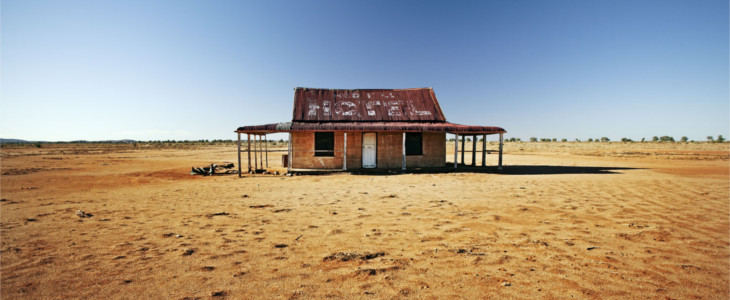Tax Planning Strategy 164 | Remote Area Housing

A remote area housing benefit is an exempt benefit under section 58ZC of the Fringe Benefits Tax Assessment Act 1986. If a housing benefit is deemed a remote area housing benefit the employer can claim a tax deduction for the employees housing costs, and no FBT is payable. This converts an employee’s private housing costs into a tax-deductible expense.
A housing benefit qualifies as a remote area housing benefit where:
- For the whole of the tenancy period, the unit of accommodation is in a remote area (that is, it is not located in or adjacent to an eligible urban area.
- For the whole of the tenancy period, the accommodation is occupied by a person who is your current employee, and the usual place of employment of the employee is in the remote area.
- The benefit was not provided to the employee under either a non-arm’s length arrangement or an arrangement that was entered into by any of the parties for the purpose, or partial purpose, to obtain the concession.
- It would be concluded that it must be necessary for you to provide accommodation for employees or to arrange to provide such accommodation because:
- The nature of your business is that such employees are liable to move frequently from one residential location to another
- There is insufficient suitable residential accommodation otherwise available at or near the place or places where the employees are employed, or
- It is customary for employers in that industry to provide free or subsidized accommodation for employees.
Accommodation is classified as being near or adjacent to an eligible urban area and therefore not remote where it is situated is either:
- Less than 40 kilometers from an eligible urban area with a census population of 14,000 to less than 130,000.
- Less than 100 kilometers from an eligible urban area with a census population of 130,000 or more.
If the accommodation is in zone A or B (for the income tax purposes), to be remote it must be located:
- At least 40 kilometers from an eligible urban area with a census population of 28,000 to less than 130,000, and
- At least 100 kilometers from an eligible urban area with a census population of 130,000 or more.
The population figures are based on the 1981 Census.
"You’d be stupid not to try to cut your tax bill and those that don’t are stupid in business"
- Bono: U2




